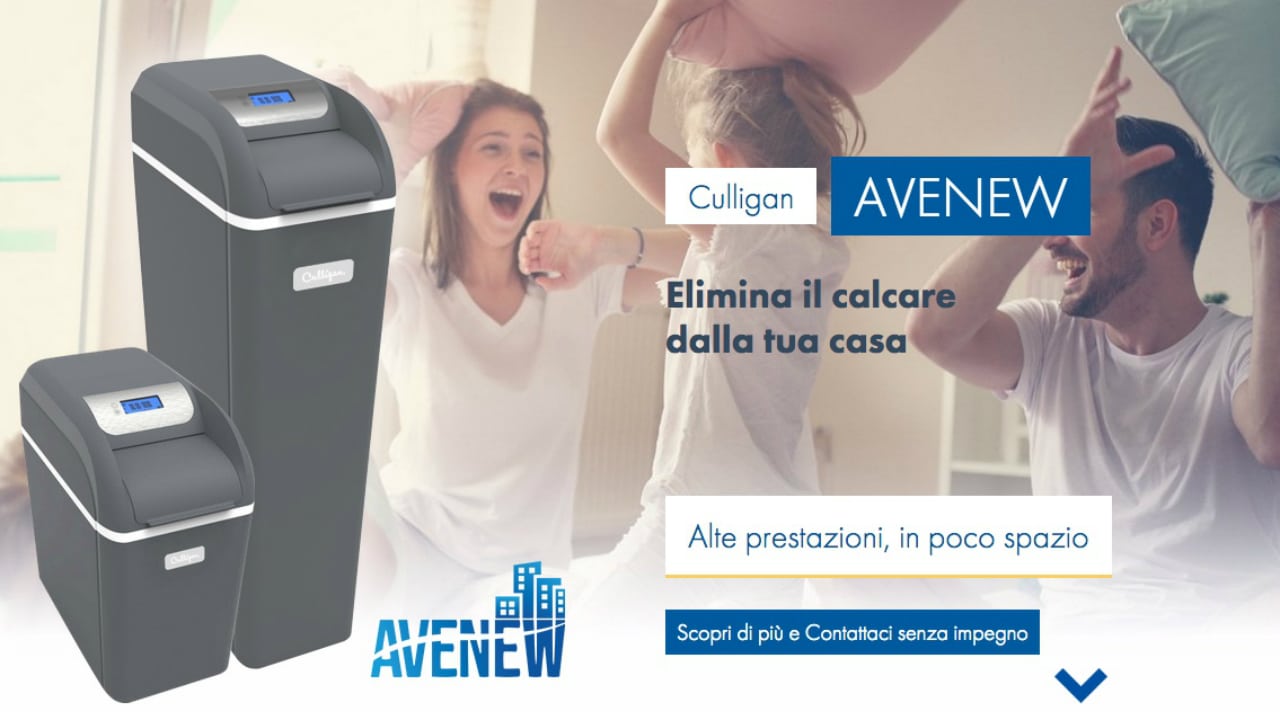In Italy there are 883 municipalities that have limestone-filled waters. As the ranking drawn up by Nomisma for Culligan, a leading company in the water treatment sector, reveals, many centers – large, small or medium-sized – are affected by this phenomenon.
There are also large cities such as Rome and Bologna to encounter the problem of so-called very hard water. The situation in Milan, Turin, Bari and Florence, on the other hand, is slightly better, with “fairly hard” water.
Limestone: what does it mean to have “hard water”?
Hardness indicates the presence of limestone and is measured in French degrees: the legislation defines a range that goes from 15 to 50 ° F, above 15 ° F water is defined as hard.
Limestone and limestone deposits are one of the most frequent problems in our homes as they damage boilers, water heaters, washing machines, dishwashers or irons, but also taps and washbasins. A not indifferent item for the family budget and which can inevitably take on a certain weight both in terms of maintenance and duration of household appliances (which limescale can damage), and in terms of energy expenditure
and increased consumption of cleaning products.
When the heat exchangers (such as the coils of the washing machine) are coated with a layer of limestone, in fact, they consume more. Or: the coffee machine becomes slow or noisy, the iron leaves residues and whitish traces on the laundry due to deposits in the internal boiler. Also, the limestone blocks the funnels and does
from thermal insulation, for which it is necessary to heat the water more, with consequent energy waste.
Limestone: the municipalities in the ranking
On the podium of the ranking of the 883 Municipalities where the water is very hard, San Gimignano (SI) stands out with 76th, Fiano Romano with 65.97th and Nola (NA) with 60th. Anyone can check the parameters of their municipality through the first national aggregator for the analysis of drinking water in Italy available on the Culligan site.
The issue of water hardness deserves particular attention given the strong impact on energy efficiency, not only of individual homes, but also of condominiums, hotels, bars and restaurants. One figure tells how substantial the impact is: every millimeter of limestone that is deposited on the resistances and coils that heat the water causes an increase in energy consumption equal to 18% (source Aqua Italia).
AND here that the Superbonus 110% becomes an ally: among the interventions envisaged by the Legislator, in fact, at the same time as the replacement of a heat generation system, there is the installation of a water softener, useful for the elimination of limescale. A measure that, among the various advantages, would allow you to benefit from significant savings on your bill. According to Istat, in fact, an average family of 3 people spends a total of about 3,300 euros in a year between the purchase of home and body detergents (50%), energy bills (5%) and extraordinary maintenance costs (10%). . The presence of a water softener ensures economic savings, again for an average family of 3 people, which can reach up to 500 euros per year.
The point of view
“The extension of the Superbonus 110% is a very important opportunity to plan a more sustainable future
bile within the walls of our homes “- comments Claudio De Marco, Household Sales Direc-
tor Culligan. “Safeguarding household appliances today means guaranteeing them perfect and long-lasting operation, doubling the life expectancy of systems and household appliances and halving the costs of ordinary and extraordinary maintenance. But above all it means ensuring better water quality and reducing the impact on the environment, just think of the frequent disposal of products worn out by limestone. It is a topic that should not be underestimated, very few precautions are enough for a water with zero limestone “De Marco concluded.















Leave a Reply
View Comments